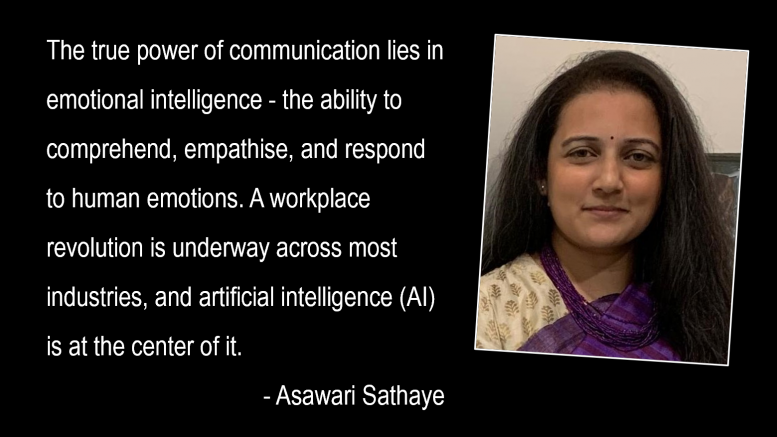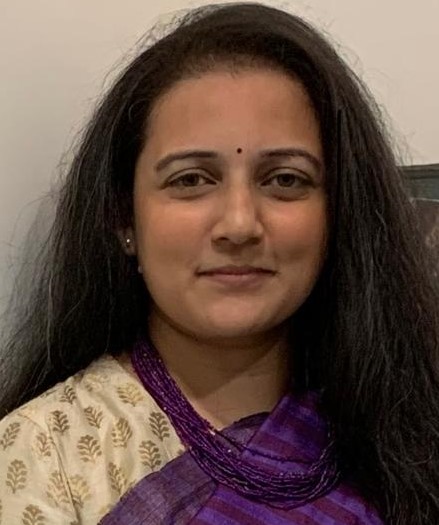In the era of the Digital Age, the landscape of communication has undergone a seismic shift, reshaping how we connect, collaborate, and convey information. As we navigate this uncharted terrain, propelled by rapid technological advancements, the dynamics of human interaction are being redefined in unprecedented ways.
The digital revolution, characterised by the increased use of smartphones, social media, and ubiquitous connectivity, has ushered in an era where information flows ceaselessly and instantaneously. According to global statistics, more than half of the world’s population is now online, with the majority accessing the internet via mobile devices. This staggering interconnectedness has fundamentally altered the dynamics of communication, breaking down geographical barriers, fostering a globalised exchange of ideas.
The rise of social media: A double-edged sword
At the heart of today’s communication landscape is the phenomenon of social media. According to a Kantar-Google report from 2023, 379 million internet users in Indian languages access news online through various news apps/websites, social media posts, message forwards, YouTube, etc. Platforms like Facebook, Twitter, and Instagram have become virtual town squares where individuals, businesses, and communities converge to share, engage, and influence. However, this newfound connectivity comes with its own set of challenges, including the rapid spread of misinformation, and the erosion of privacy. As of today, social media has become both a catalyst for social movements and a battleground for contentious debates.
Having said this, in the fast-paced world of communications where digital communication dominates, it is easy to overlook the importance of human connection. As communication professionals, our goal goes beyond generating publicity; it is about building genuine and lasting connections with our target audience. By embracing a people-to-people approach, communication’s professionals can foster genuine relationships, enhance sensitivity, and communicate with authenticity.
The Power of authenticity:
Authenticity lies at the heart of forging strong connections in communication. When you unveil the sincere values, mission, and character of a brand, you craft an identity that resonates the audience. Through narratives that showcase the company’s ethics and beliefs, and by maintaining consistency across all communication platforms, one establishes credibility and cultivates enduring engagement. In essence, authenticity is the bedrock upon which trust is built, nurturing lasting relationships with the stakeholders. For instance, Amul has consistently demonstrated authenticity in its communication by staying true to its cooperative values and celebrating the spirit of ‘Indianness.’ Their iconic advertisements, often featuring the Amul girl, not only reflect the brand’s commitment to quality dairy products but also connect with the cultural and social fabric of the country. Through genuine communication that aligns with their cooperative principles, Amul has built a strong and trustworthy brand image, fostering lasting connections with consumers across diverse demographics.
Human touch in the digital era:
The true power of communication lies in emotional intelligence – the ability to comprehend, empathise, and respond to human emotions. A workplace revolution is underway across most industries, and artificial intelligence (AI) is at the center of it. Machine learning and automation are deeply integrating into various aspects of our lives and work. While there is a rise in use of AI that can analyse data and generate content, it falls short in grasping the emotional undertones that define impactful communication. Human communication professionals bring a depth of emotional intelligence that enables them to tailor messages, anticipate audience reactions, and pivot strategies based on the ever-shifting landscape of human emotions.
With the ease of sharing information online, there has been a rise in the spread of fake news – information that appears real but is not true. As per data by the National Crime Records Bureau (NCRB), cases filed against people who ‘circulate fake/false news/rumours’ rose by a sharp 214 percent in 2020. Especially in the pandemic year, we witnessed a barrage of health misinformation pertaining to claims around unscientific cures for coronavirus. In the era of misinformation, the human touch emerges as a vital tool for distinguishing truth from falsehood. Fact-checking websites and tools can help verify information. Additionally, cross-referencing information from different sources can provide a more accurate picture. Being skeptical and questioning what we see or read can go a long way in avoiding the pitfalls of misinformation.
A tailored and personalised approach:
While mass communication tactics have their place, they often miss the mark in forging personal connections. Customising your messages to different segments of your audience can yield substantial results. Utilising data and analytics allows you to delve into your audience’s demographics, interests, and preferences. Armed with this information, you can tailor personalised campaigns that resonate with their specific needs and aspirations. By demonstrating an understanding of and catering to their individual requirements, you cultivate a deeper connection with your audience.
Way Forward:
Amidst the sea of pixels and algorithms, the human touch remains the linchpin of meaningful communication. Organisations that cultivate genuine connections, showcase transparency, and engage in two-way communication are poised to thrive in the digital age. As we stand on the precipice of an era defined by unprecedented connectivity, the choices we make in how we communicate will shape the fabric of our digital future. The key lies in harnessing the power of technology while preserving the authenticity and empathy that make communication a profoundly human experience.
The views and opinions published here belong to the author and do not necessarily reflect the views and opinions of the publisher.



Be the first to comment on "A human approach to new age communication"